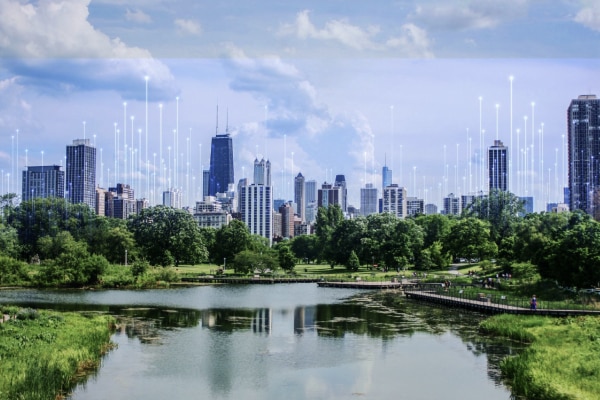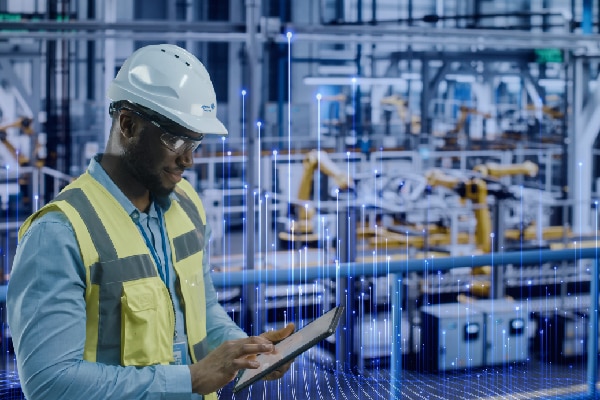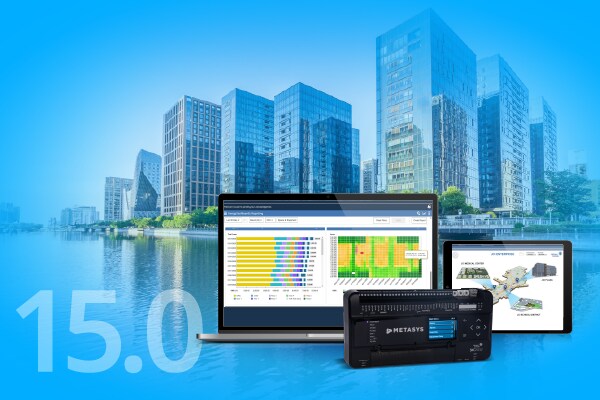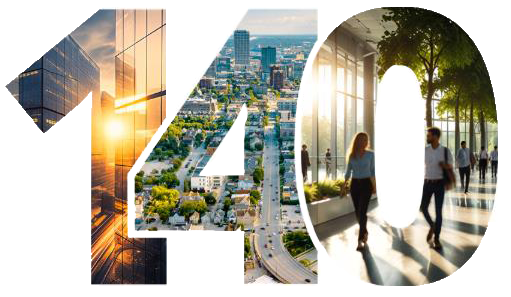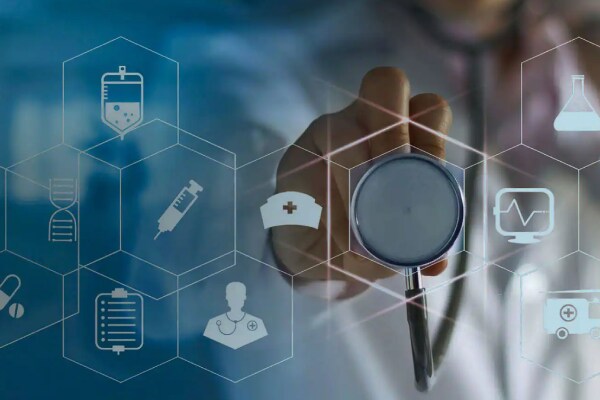- Johnson Controls
- Building Insights
- Creating Flexible and Connected Healthcare Facilities
Creating Flexible and Connected Healthcare Facilities to Support Communities’ COVID-19 Response
As a project manager, Michael Mandilakis leads his team to deliver building environments that are healthy, safe and connected, no matter what.

Meet the Team: Michael Mandilakis
Michael Mandilakis, a Johnson Controls project manager in Cleveland, Ohio, works with customers every day to create healthy, safe and connected environments. When the COVID-19 pandemic hit, he and his engineering team rose to the occasion to transform a medical education campus into a field hospital capable of accommodating 1,000 COVID-19 patients. Working in partnership with CBRE, the team developed a proposed plan within 48 hours to retrofit the building and create a highly flexible and intelligent environment, one that would let doctors and nurses focus on patient care.
How are you “the power behind our customers’ mission” during the COVID-19 crisis?
This project is an incredible example of how we delivered on our promise to advance the safety, comfort and intelligence of spaces. We were approached by the facilities team with an urgent request to support the transformation of the building to treat patients who have mild cases of COVID-19 and also manage overflow beds for the local hospital. Within 48 hours we developed a formal proposal to outline how Johnson Controls would implement the plan.
We made complex Building Automation Systems (BAS) adjustments to meet the requirements for COVID-19 patients, including solutions to accommodate the influx of oxygen and virtual access to the building’s systems, increasing overall comfort, safety and security. We worked together to strengthen a coordinated effort to help save lives, operating as one team to develop the plan and stay connected with each other and the customer entirely virtually.
"We knew we were supporting not only an essential project but also our family members and friends who work at the clinic, as well as our local community who rely on the facility for medical appointments."
What motivated you and your team to step up to the challenge?
The customer is the biggest healthcare provider in the area, and they knew they could count on us and had the confidence that we would deliver. We knew we were supporting not only an essential project but also our family members and friends who work at the clinic, as well as our local community who rely on the facility for medical appointments.
As a team, we were fully supported by our leaders to deliver the transformation project, and they provided us with the necessary equipment to complete the work as quickly and safely as possible.
How did Johnson Controls Zero Harm guidelines impact the way you and your team worked?
The team was on site to support the customer with the technical aspects of the building transformation, and we always operate in accordance with the Zero Harm guidance to protect our people and our customer. We also updated our procedures to include physical distancing of two meters when working as a team. We also wear the appropriate personal protective equipment, which means we can work safely and complete high quality work for our customer.
In your opinion, what makes Johnson Controls such a powerful partner to customers?
Johnson Controls has been involved in the design and building of the campus for over five years, providing BAS and fire systems throughout the facility. We offer an agile team that has the insight and knowledge to adapt to the needs of our customers in real time. By understanding our customer and its stakeholders, especially during such a challenging time for the healthcare sector, we can provide proposals and solutions that deliver immediate results and ultimately support our local community to fight the COVID-19 pandemic.
Related Items
Healthcare
Our integrated healthcare solutions enable facilities to meet the challenging security needs and help to provide better service to their patients.
OpenBlue Healthy Buildings
Johnson Controls Healthy Buildings generate returns while creating healthy, sustainable environments that drive occupant well-being.
OpenBlue
Applying data from both inside buildings and beyond, our customers can now manage operations systemically.

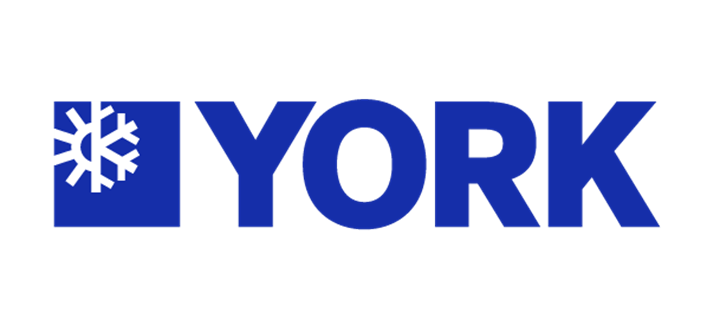

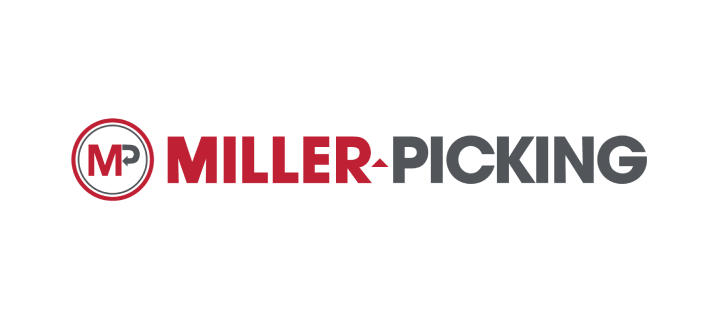


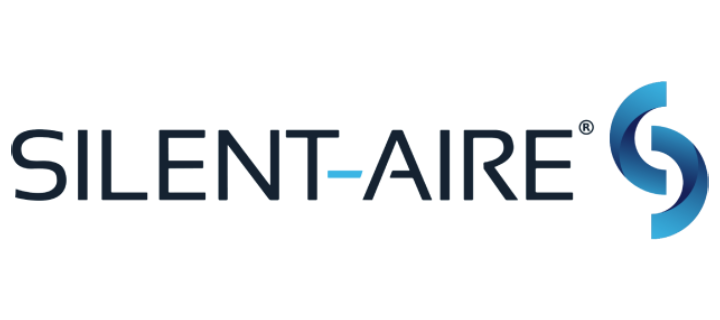
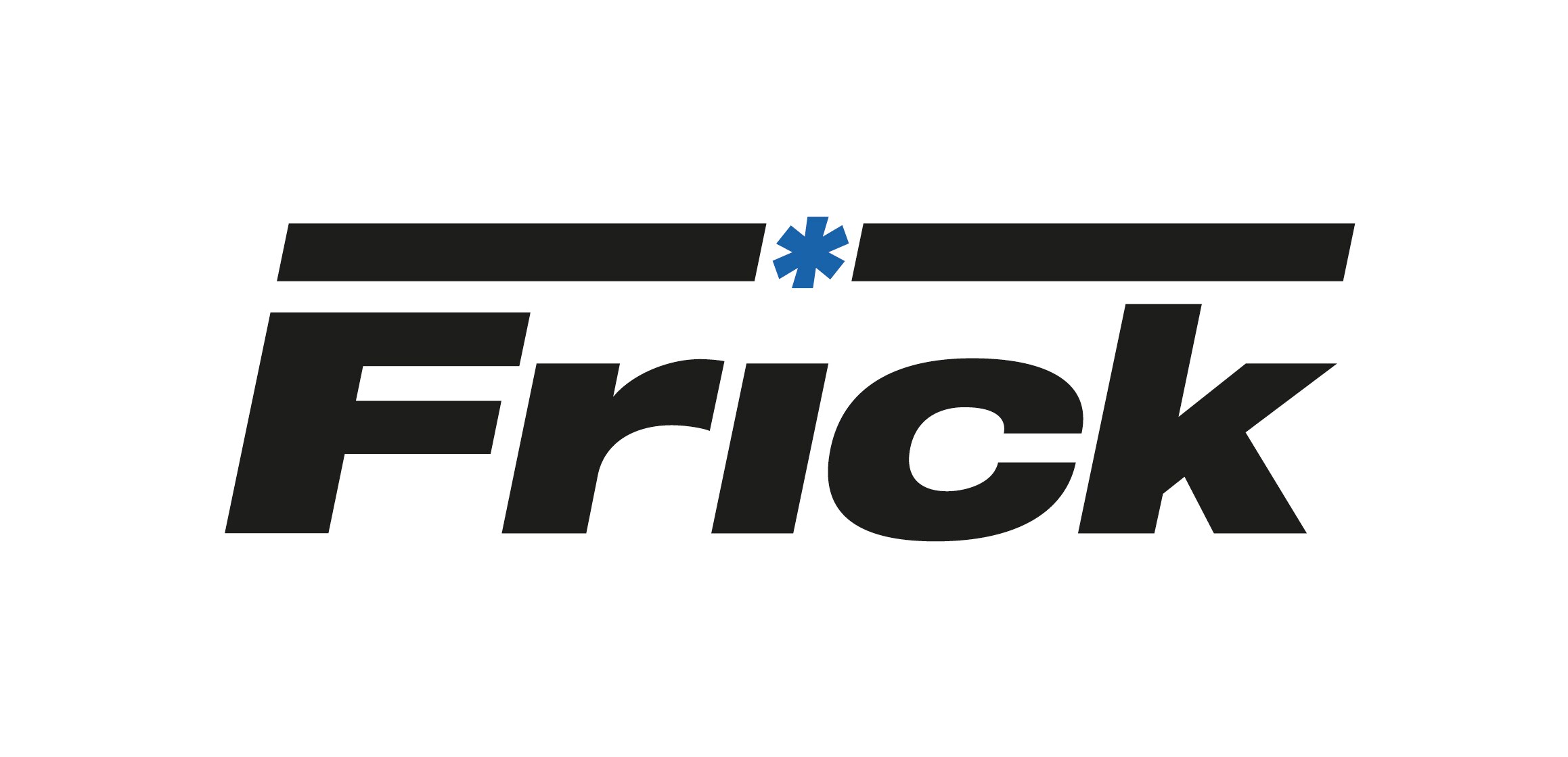
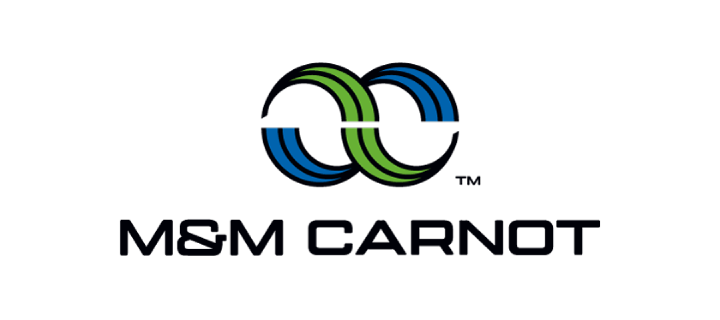

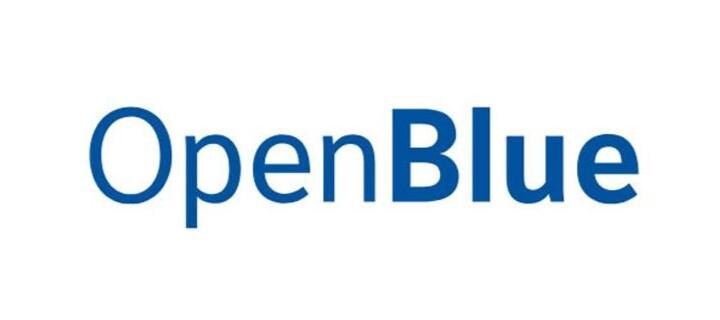
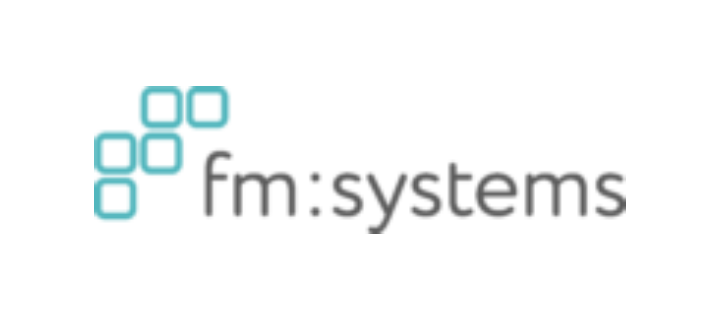



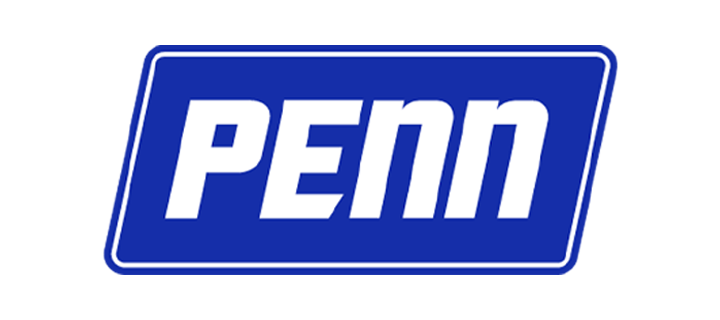

.jpg?la=en&h=320&w=720&hash=244C75B74F0F77521D56164450973BCD)
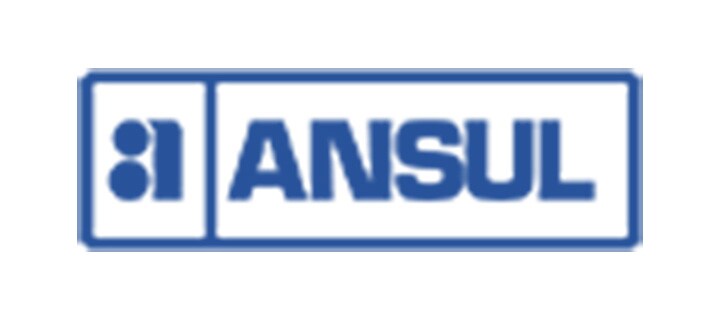
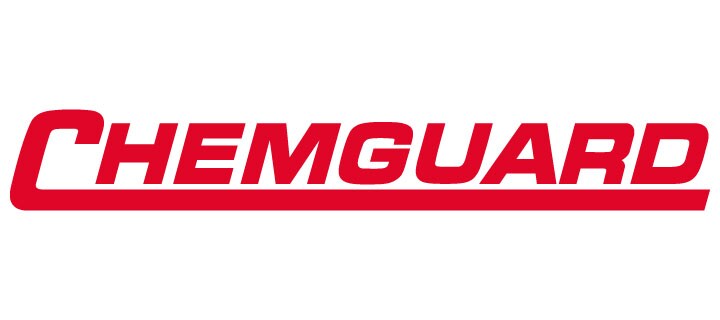
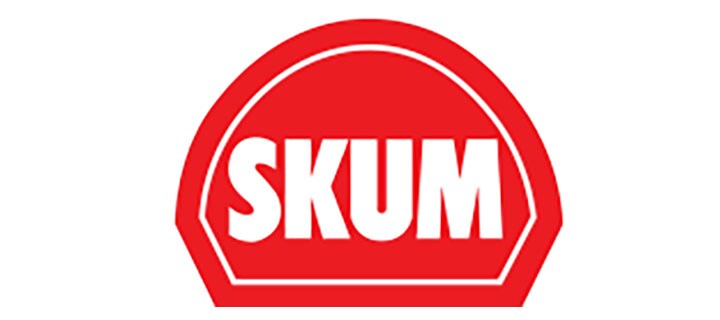


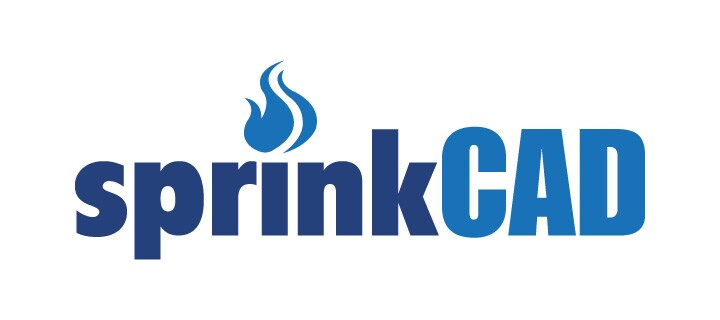
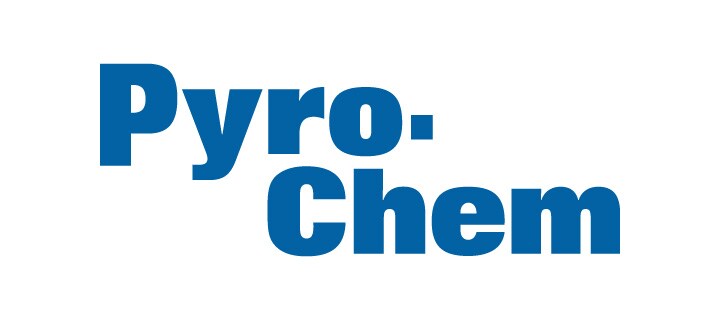




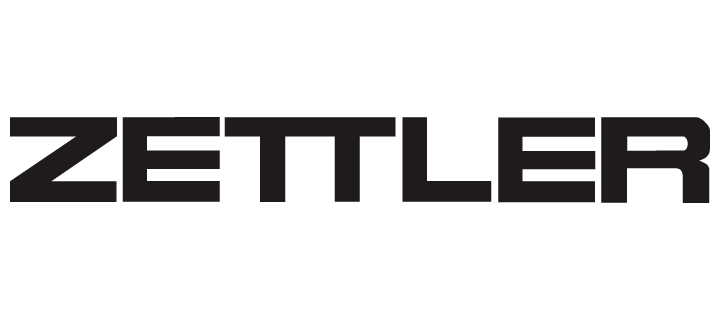


.jpg?la=en&h=310&w=720&hash=8D9823F26AA80B2B75C3E4B2E61770DC)


.jpg?la=en&h=320&w=719&hash=13CA7E4AA3E453809B6726B561F2F4DD)
.jpg?la=en&h=306&w=720&hash=F21A7CD3C49EFBF4D41F00691D09AEAC)
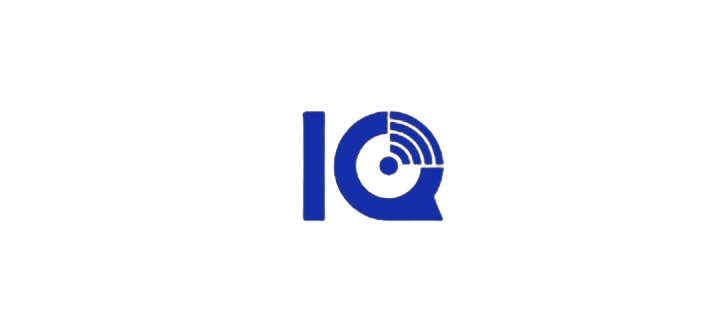
.png?la=en&h=320&w=720&hash=18CFCCD916C92D922F600511FABD775D)






